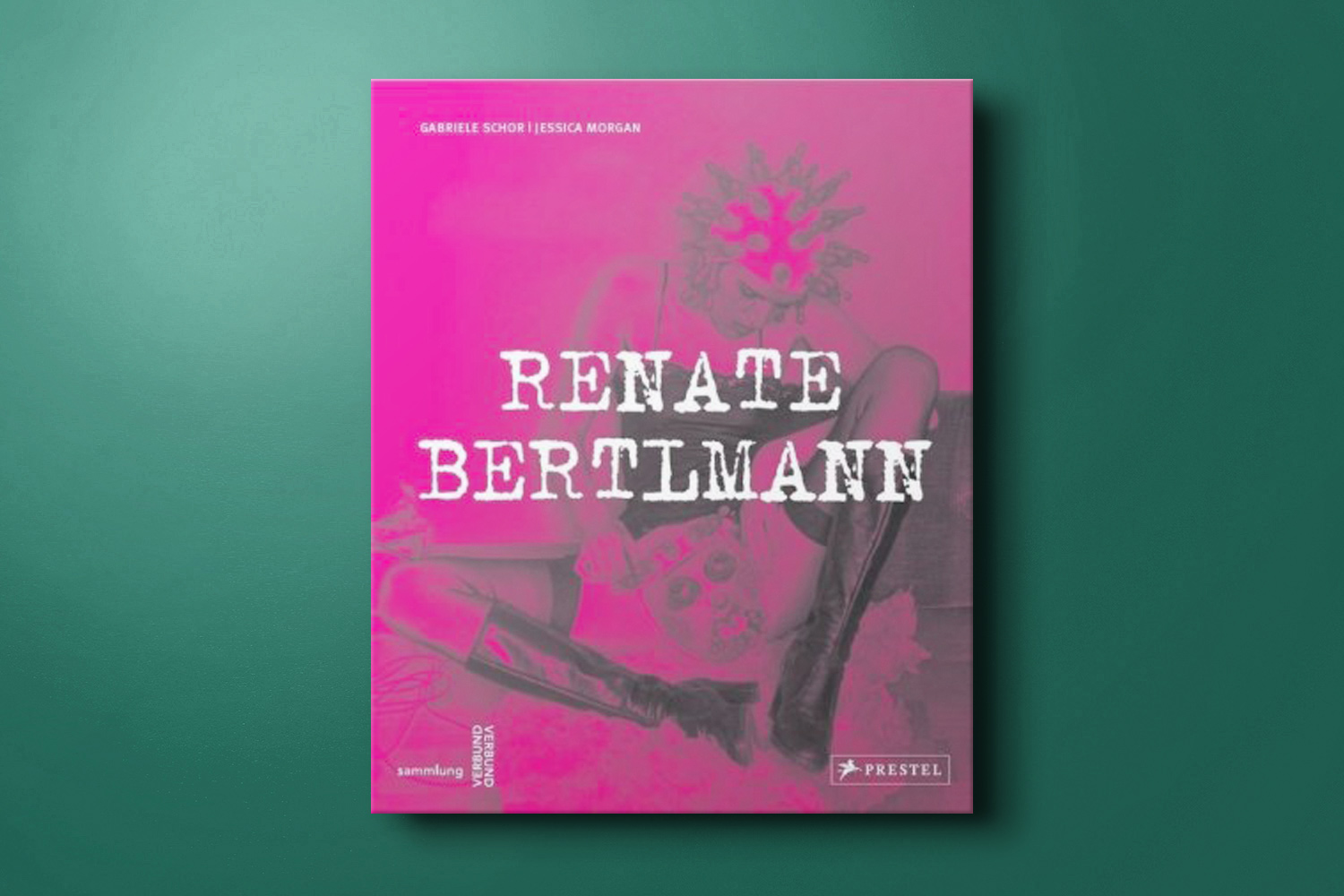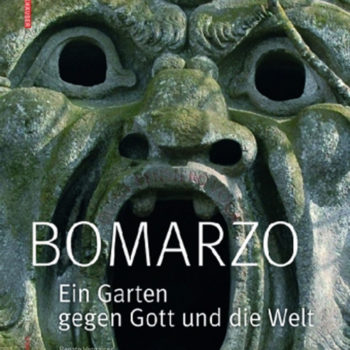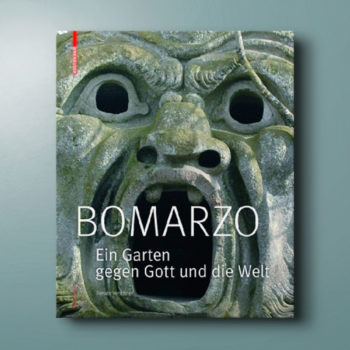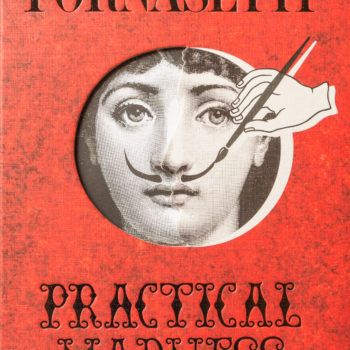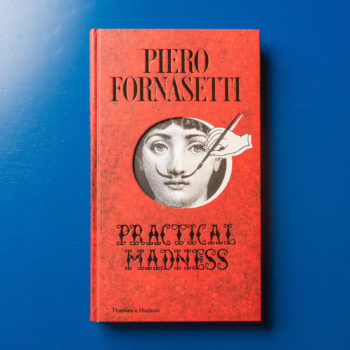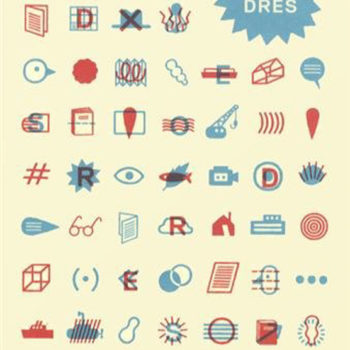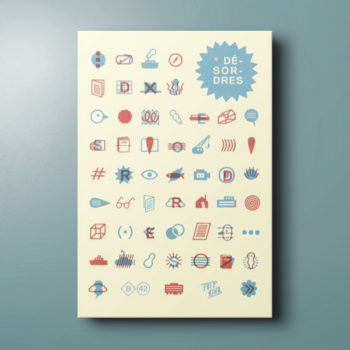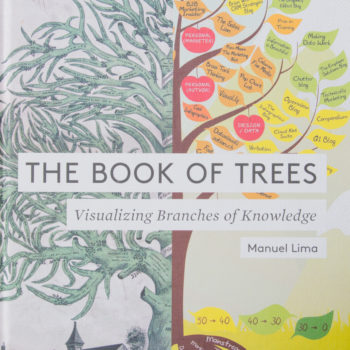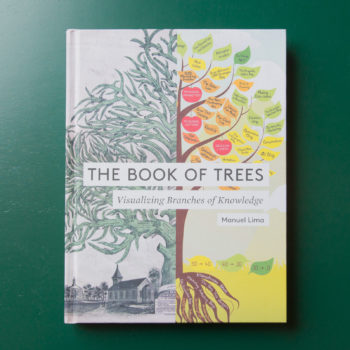Renate Bertlmann (geb.1943) ist eine der bedeutendsten Künstlerinnen der Feministischen Avantgarde, sie lebt und arbeitet in Wien. Die SAMMLUNG VERBUND hat nun die erste umfassende Monografie erarbeitet, die einen komplexen Überblick mit 250 Abbildungen aus über 50 Jahren Schaffenszeit gibt. Ihr Werk benennt die Künstlerin mit AMO ERGO SUM (Ich liebe, also bin ich). Bertlmann versteht es, Gegensatzpaare aufeinanderprallen zu lassen: Wollust und Askese, Weibliches und Männliches, Weiches und Hartes, Anziehung und Abstoßung. Schnuller stößt auf Messer. Die ambivalenten Gefühle von Zärtlichkeit und Aggression treten hervor, um Bertlmanns “subversives Politprogramm” zu erschaffen. Fünf internationale Autor/innen erörtern Bertlmanns trilogische Themen “Pornographie”, “Ironie”, “Utopie”. Dabei werden unter anderem die Arbeiten Renate Bertlmanns vor dem Hintergrund der freudschen Psychoanalyse interpretiert oder die Arbeit im Kontext der feministischen Bewegung verortet.
The first comprehensive monograph of the acclaimed Austrian artist Renate Bertlmann presents a sweeping survey of her oeuvre. The artist Renate Bertlmann, who lives and works in Vienna, is a preeminent representative of the Feminist Avant-Garde. This book presents 250 illustrations that unfold a panorama of a creative output spanning over five decades. The artist’s inspiration for her work is amo ergo sum (I love therefore I am). Five international writers discuss the themes of “Pornography,” “Irony,” and “Utopia” in Bertlmann’s oeuvre. In her work, she deftly arranges clashes between opposites: sexual pleasure and asceticism, female and male, soft and hard, attraction and repulsion. Ambivalent feelings between tenderness and aggression come to the fore, fueling Bertlmann’s subversive politics. An in-depth interview, a filmography, and a chronological list of her performances round out this book compiled by SAMMLUNG VERBUND Collection in Vienna, an outstanding art collection focused on the Feminist Avant-Garde of the 1970s. Berthold Ecker sketches the evolution of the motif of the bride; Jessica Morgan interprets Renate Bertlmann’s work in light of Freudian psychoanalysis; an interview by Gabriele Schor addresses the affinities between performance art and staged photography; Abigail Solomon-Godeau situates Bertlmann’s work in the history of feminism; and Katharina Sykora explores the subject of skin and its capacity for separation as well as connection.

